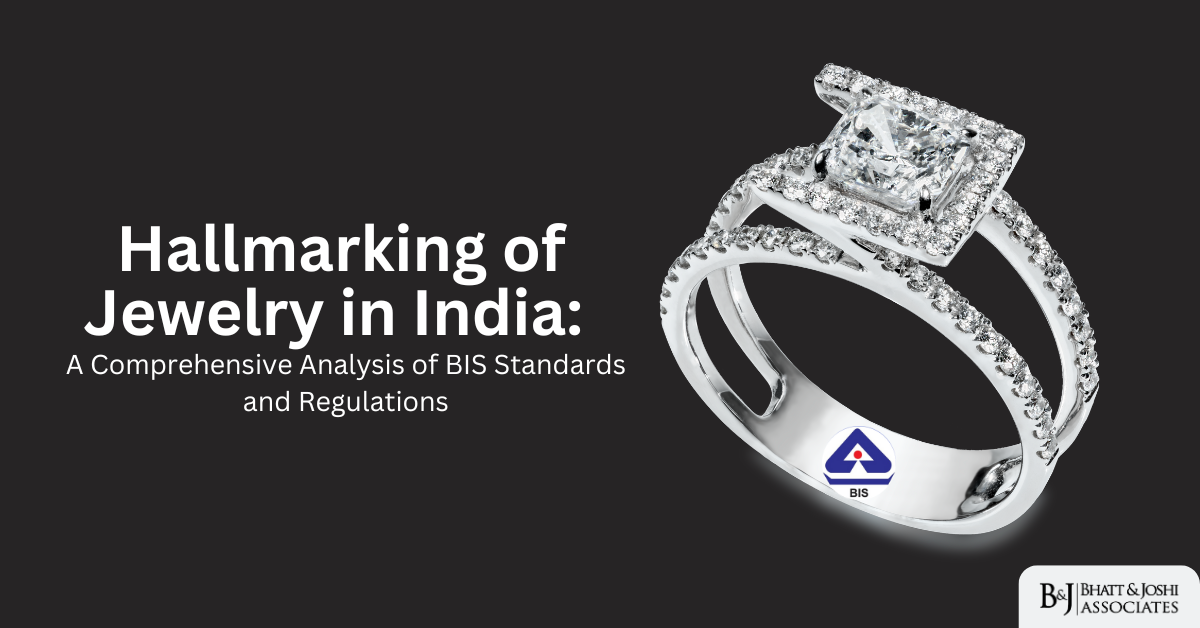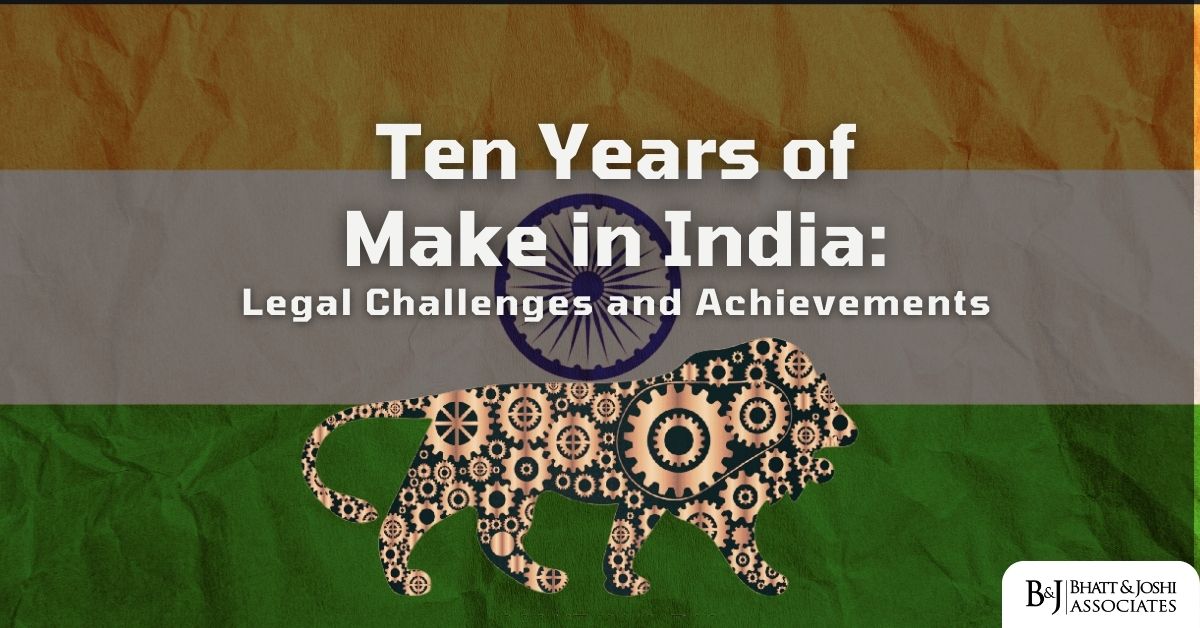Introduction
Jewelry hallmarking in India represents a crucial quality control mechanism designed to protect consumer interests and standardize the precious metals industry. The Bureau of Indian Standards (BIS), as the national standards body, plays a pivotal role in implementing and overseeing the hallmarking system. This comprehensive analysis examines the intricate framework of jewelry hallmarking in India, its implementation through BIS, and its impact on the jewelry industry and consumer protection.
Historical Background of Jewelry Hallmarking
The practice of hallmarking precious metals dates back to ancient civilizations, where various methods were used to authenticate the purity of gold and silver. In India, traditional testing methods like touchstone testing were prevalent for centuries. However, the need for a standardized system became apparent with the growth of the organized jewelry sector and increasing consumer awareness. The modern hallmarking system in India was initiated in 2000 when the Bureau of Indian Standards introduced a voluntary hallmarking scheme for gold jewelry.
The evolution of hallmarking in India reflects the country’s journey towards consumer protection and quality assurance in the jewelry sector. The transition from traditional testing methods to modern, scientifically-based hallmarking procedures represents a significant advancement in quality control and consumer protection measures.
Bureau of Indian Standards: Regulatory Framework
The Bureau of Indian Standards (BIS) operates under the BIS Act, 2016, which replaced the earlier BIS Act of 1986. The Act empowers BIS to formulate national standards and implement quality control measures across various sectors, including precious metals. The organization’s mandate specifically includes the development, implementation, and monitoring of hallmarking standards for precious metal jewelry.
The BIS functions through various technical committees that include industry experts, consumer representatives, and government officials. These committees regularly review and update standards to keep pace with technological advancements and changing market requirements. The regulatory framework established by BIS ensures a systematic approach to quality control while maintaining transparency and accountability in the hallmarking process.
Legal Framework for Jewelry Hallmarking
The legal foundation for jewelry hallmarking in India rests primarily on the BIS Act, 2016, and the BIS (Hallmarking) Regulations, 2018. A significant development occurred in 2021 when mandatory hallmarking was introduced for gold jewelry and artifacts, making India one of the few countries with such stringent requirements. The legal framework specifies three mandatory marks for hallmarked jewelry: the BIS mark, purity in karats, and the assaying center’s identification mark.
Several landmark judgments have shaped the implementation of hallmarking regulations. In “All India Gem and Jewellery Domestic Council vs Union of India” (2021), the Delhi High Court addressed various aspects of mandatory hallmarking implementation, particularly focusing on the transition period for jewelers to comply with the new requirements. The court’s decision emphasized the need for a balanced approach between consumer protection and industry practicality.
The Hallmarking Process of Jewelry in India
The hallmarking process involves multiple stages, each designed to ensure accuracy and reliability in determining the purity of precious metals. The process begins with the submission of jewelry items to authorized assaying and hallmarking centers. These centers conduct scientific tests to determine the purity of the metal, following which appropriate hallmarks are applied to items meeting the prescribed standards.
The technical aspects of hallmarking include X-Ray Fluorescence (XRF) testing, fire assay methods, and other advanced analytical techniques. Each method serves specific purposes in the verification process, with fire assay being considered the most accurate for final determination of precious metal content. The centers maintain detailed records of all tests performed and marks applied, ensuring traceability and accountability in the system.
Technical Standards and Specifications of Hallmarking
BIS has established comprehensive technical standards for different categories of precious metal jewelry. For gold jewelry, the approved standards are 14K (585), 18K (750), 22K (916), and 23K (958). Similarly, silver jewelry standards include 999, 970, 925, and 835 fineness. These standards are periodically reviewed and updated based on technological advancements and market requirements.
The technical specifications extend beyond mere purity standards to include detailed requirements for marking techniques, positioning of hallmarks, and acceptable tolerance levels. The standards also address specific requirements for different types of jewelry items, taking into account their size, design, and manufacturing processes.
Implementation and Enforcement of Hallmarking Regulations
The implementation of hallmarking regulations involves coordination between multiple stakeholders, including BIS, assaying centers, jewelers, and state authorities. BIS conducts regular inspections of assaying centers and certified jewelers to ensure compliance with prescribed standards and procedures. The enforcement mechanism includes provisions for penalties and cancellation of licenses in cases of non-compliance.
Recent enforcement statistics indicate a significant increase in compliance levels following the introduction of mandatory hallmarking. BIS data shows that the number of registered jewelers and certified items has grown substantially, reflecting the industry’s adaptation to the new regulatory requirements.
Consumer Protection Aspects
Hallmarking serves as a crucial consumer protection measure in the jewelry market. It provides consumers with assured quality and purity of precious metal jewelry, backed by government certification. The system includes provisions for complaint redressal and compensation in cases where hallmarked items are found to be below specified standards.
The Consumer Protection Act, 2019, complements the hallmarking regulations by providing additional legal recourse to consumers in cases of fraudulent practices. Several consumer court judgments have reinforced the importance of hallmarking in protecting consumer interests, establishing precedents for compensation in cases of purity discrepancies.
Role of Assaying and Hallmarking Centers
Assaying and Hallmarking Centers (AHCs) form the backbone of the hallmarking infrastructure in India. These centers, licensed and monitored by BIS, are equipped with state-of-the-art testing facilities and trained personnel. The centers must maintain strict quality control procedures and documentation as per BIS guidelines.
The responsibilities of AHCs extend beyond testing and marking to include maintenance of detailed records, periodic reporting to BIS, and participation in proficiency testing programs. The centers also play a crucial role in training industry personnel and creating awareness about hallmarking requirements.
Industry Impact and Compliance of Jewelry Hallmarking
The implementation of mandatory hallmarking has significantly impacted the jewelry industry, particularly small and medium enterprises. While initial challenges included adaptation costs and procedural adjustments, the long-term benefits include increased consumer confidence and standardization of quality parameters.
Industry compliance has shown steady improvement, with BIS data indicating a substantial increase in the number of registered jewelers and hallmarked items. The industry has also witnessed technological upgradation and improved documentation practices as a result of hallmarking requirements.
International Recognition and Standards of Hallmarking
India’s hallmarking system aligns with international standards while maintaining certain unique features suited to the domestic market. The system has gained recognition from international bodies, facilitating export of Indian jewelry to markets with strict quality requirements.
BIS maintains active collaboration with international standards organizations and participates in global forums related to precious metal testing and certification. These partnerships help in keeping Indian standards updated with global best practices while ensuring recognition of Indian hallmarks in international markets.
Challenges and Future Developments of Hallmarking System
Despite significant progress, the hallmarking system faces several challenges, including infrastructure limitations in rural areas, technological constraints, and enforcement issues. The rapid growth of the jewelry market and evolving consumer preferences necessitate continuous adaptation of hallmarking procedures and standards.
Future developments in the sector are likely to include technological integration, such as digital hallmarking and blockchain-based tracking systems. BIS is also working on expanding the scope of mandatory hallmarking to include additional categories of precious metal items and new purity standards.
Conclusion: The Role and Future of Jewelry Hallmarking in India
The hallmarking of jewelry in India, under the aegis of the Bureau of Indian Standards, represents a comprehensive quality control system that serves both consumer protection and industry standardization objectives. The evolution of the system from voluntary to mandatory status reflects the government’s commitment to ensuring quality standards in the precious metals sector.
The success of the hallmarking system depends on continued cooperation between regulatory authorities, industry stakeholders, and consumers. As the jewelry market continues to grow and evolve, the role of hallmarking in maintaining quality standards and consumer confidence becomes increasingly important. The system’s ability to adapt to technological advancements and changing market requirements while maintaining its core objective of consumer protection will be crucial for its future effectiveness.














